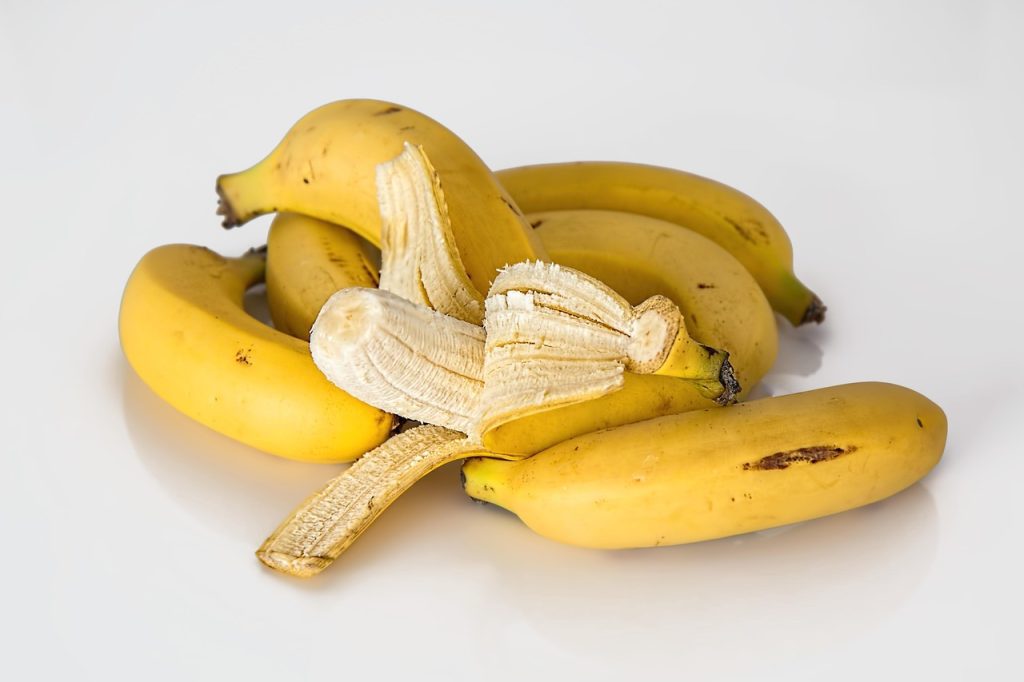Let me guess. You just ate a banana and now you’re staring at the peel, wondering if it can be used for something useful.
Good news: it can.
Actually, banana peels can do wonders for your garden. They’re packed with nutrients your plants crave. And instead of tossing them in the trash, you can turn them into a powerful natural fertilizer.
In this guide, I’m going to show you how to make natural fertilizer with banana peels in the easiest, most effective ways possible.
Why Banana Peels Are Great for Plants
Banana peels are basically a multivitamin for your garden.
They contain:
- Potassium (K): Helps plants grow strong stems and resist diseases.
- Phosphorus (P): Encourages root growth and flower development.
- Calcium: Essential for cell wall structure and fruit quality.
- Magnesium: Supports photosynthesis.
- Manganese and Iron: Boost metabolism and chlorophyll production.
These nutrients are especially helpful for fruiting plants like tomatoes, peppers, cucumbers, and even flowers like roses.
And guess what? Unlike synthetic fertilizers, banana peels are completely natural, non-toxic, and safe for the environment.
According to the University of Illinois Extension, potassium is crucial for the movement of water, nutrients, and carbohydrates in plant tissue.
Banana peels are rich in it.
Different Ways to Use Banana Peels as Fertilizer
Let’s get into the nitty-gritty. Here are the most effective, easy-to-do methods for turning banana peels into fertilizer.
1. Bury Banana Peels Directly in the Soil:
– How to Do It:
- Chop the banana peel into small pieces.
- Dig a small hole near the base of your plant.
- Drop the pieces in and cover with soil.
– Why It Works:
As the peel breaks down, it releases nutrients slowly. This is perfect for long-term feeding.
Plus, chopped peels decompose faster and attract earthworms – nature’s best soil workers.
Pro Tips:
|
2. Add Banana Peels to Compost:
This one’s a classic. Banana peels are an ideal “green” (nitrogen-rich) ingredient for composting.
– How to Do It:
- Toss banana peels into your compost pile or bin.
- Balance with “browns” like dried leaves, cardboard, or shredded newspaper.
- Mix occasionally and keep it moist.
– Why It Works:
Banana peels break down fast in compost, adding potassium and phosphorus to your soil mix.
When composted properly, there’s no smell, no pests, and it becomes nutrient-rich black gold for your garden.
3. Make Banana Peel Fertilizer Tea:
This is one of my favorites.
– How to Do It:
- Fill a mason jar or container with water.
- Add chopped banana peels.
- Let it sit for 3-5 days.
- Use the water to feed your plants.
– Why It Works:
The nutrients seep into the water and create a natural liquid fertilizer.
It’s gentle, effective, and perfect for houseplants, herbs, and young seedlings.
Pro Tips:
|
4. Dry and Grind Banana Peels into Powder:
This method is great if you want something long-lasting and easy to store.
– How to Do It:
- Dry banana peels in the sun or use a dehydrator.
- Once they’re crisp, grind them into a powder.
- Sprinkle the powder around the base of your plants or mix it into potting soil.
– Why It Works:
It releases nutrients slowly and evenly. Great for container gardening and potted plants.
5. Fermented Banana Peel Vinegar (For Acid-Loving Plants):
This one’s a bit more advanced, but very rewarding.
– How to Do It:
- Chop peels and place in a jar.
- Add a tablespoon of sugar and fill with water.
- Cover loosely and let it ferment for 1-2 weeks.
- Dilute (1 part vinegar to 5 parts water) and use on plants like hydrangeas, blueberries, or azaleas.
– Why It Works:
Fermented banana peel contains trace acids that acid-loving plants thrive on.
Best Practices and Pro Tips
- Use Fresh Peels: Don’t use moldy or rotten ones.
- Balance Matters: If using in compost, maintain a good balance of green and brown.
- Don’t Overdo It: Too much of anything is never good. Stick to 1-2 peels per plant per week.
- Avoid Attraction of Pests: Bury peels deep enough or dry them to avoid flies.
- Know Your Plant: Fruiting plants like tomatoes and peppers love potassium. Adjust use depending on the plant’s needs.
Why Should You Use Banana Peels as Fertilizers
Using banana peels for fertilizer isn’t just good for your plants – it’s good for the planet.
Every banana peel you don’t throw away:
- Reduces food waste.
- Cuts down on landfill methane emissions.
- Replaces harmful synthetic fertilizers.
- Promotes zero-waste gardening.
According to FAO, around one-third of all food produced globally is wasted. Reusing scraps like banana peels can make a huge difference.
Banana peel fertilizer is a simple change with a big impact.
DIY Banana Peel Fertilizer Recipes
Here’s a quick-reference list:
1. Banana Peel Tea
- Chop peels
- Soak 3-5 days
- Use as liquid plant feed
2. Compost Add-In
- Add to compost bin
- Mix with browns
3. Direct Soil Application
- Bury near roots
4. Banana Peel Powder
- Dry peels
- Grind and sprinkle
5. Fermented Banana Vinegar
- Sugar + water + peel
- Ferment
- Dilute and apply to acid-loving plants
Bottom Line
So there you have it. Banana peels are way more than just kitchen scraps.
They’re a powerful, natural fertilizer that can help your plants grow healthier, stronger, and more vibrant – all while reducing waste and helping the planet.
You don’t need to buy fancy organic products. Just use what you already have.
So next time you eat a banana, don’t toss that peel. Feed your plants instead. Your garden (and the Earth) will thank you.
